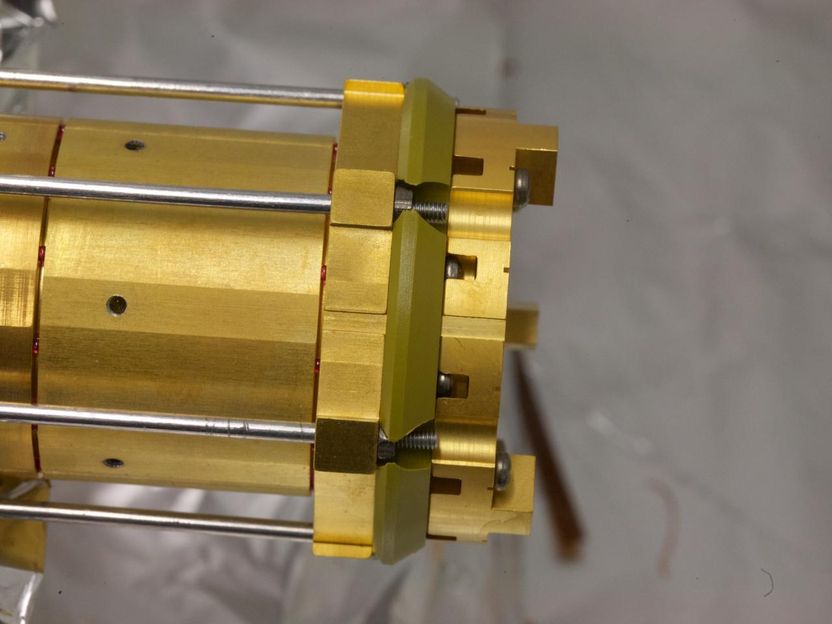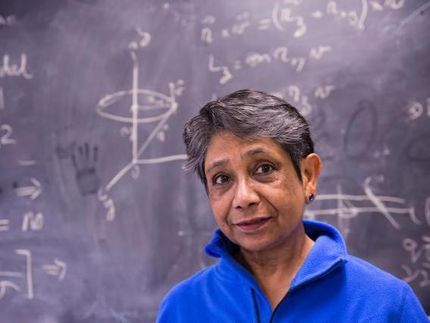First observation of the hyperfine splitting in antihydrogen
Advertisement
Swansea University scientists working at CERN have again made a landmark finding, taking them one step closer to answering the question of why matter exists and illuminating the mysteries of the Big Bang and the birth of the Universe.

Antimatter research laboratory.
Professor Niels Madsern
The physicists from the University's College of Science, working with an international collaborative team at CERN, describe the first observation of spectral line shapes in antihydrogen, the antimatter equivalent of hydrogen.
Professor Mike Charlton said: "The existence of antimatter is well established in physics, and it is buried deep in the heart of some of the most successful theories ever developed. But we have yet to answer a central question of why didn't matter and antimatter, which it is believed were created in equal amounts when the Big Bang started the Universe, mutually self-annihilate?
"We also have yet to address why there is any matter left in the Universe at all. This conundrum is one of the central open questions in fundamental science, and one way to search for the answer is to bring the power of precision atomic physics to bear upon antimatter."
It has long been established that any excited atom will reach its lowest state by emitting photons, and the spectrum of light and microwaves emitted from them represents a kind of atomic fingerprint and it is a unique identifier. The most familiar everyday example is the orange of the sodium streetlights.
Hydrogen has its own spectrum and, as the simplest and most abundant atom in the Universe, it holds a special place in physics. The properties of the hydrogen atom are known with high accuracy. The one looked at in this paper concerns the so-called hyperfine splitting, which in the case of hydrogen has been determined with a precision of one part in ten trillion. This transition is used these days in modern navigation and geo-positioning.
The team have made antihydrogen by replacing the proton nucleus of the ordinary atom by an antiproton, while the electron has been substituted by a positron. Last year, in ground-breaking work published in Nature, the team used UV light to detect the so-called 1S-2S transition between positron energy levels. Now, the team has used microwaves to flip the spin of the positron. This resulted not only in the first precise determination of the antihydrogen hyperfine splitting, but also the first antimatter transition line shape, a plot of the spin flip probability versus the microwave frequency. If there is a difference between matter and antimatter, it could be found in tiny differences between this line shape in hydrogen and antihydrogen.

































































